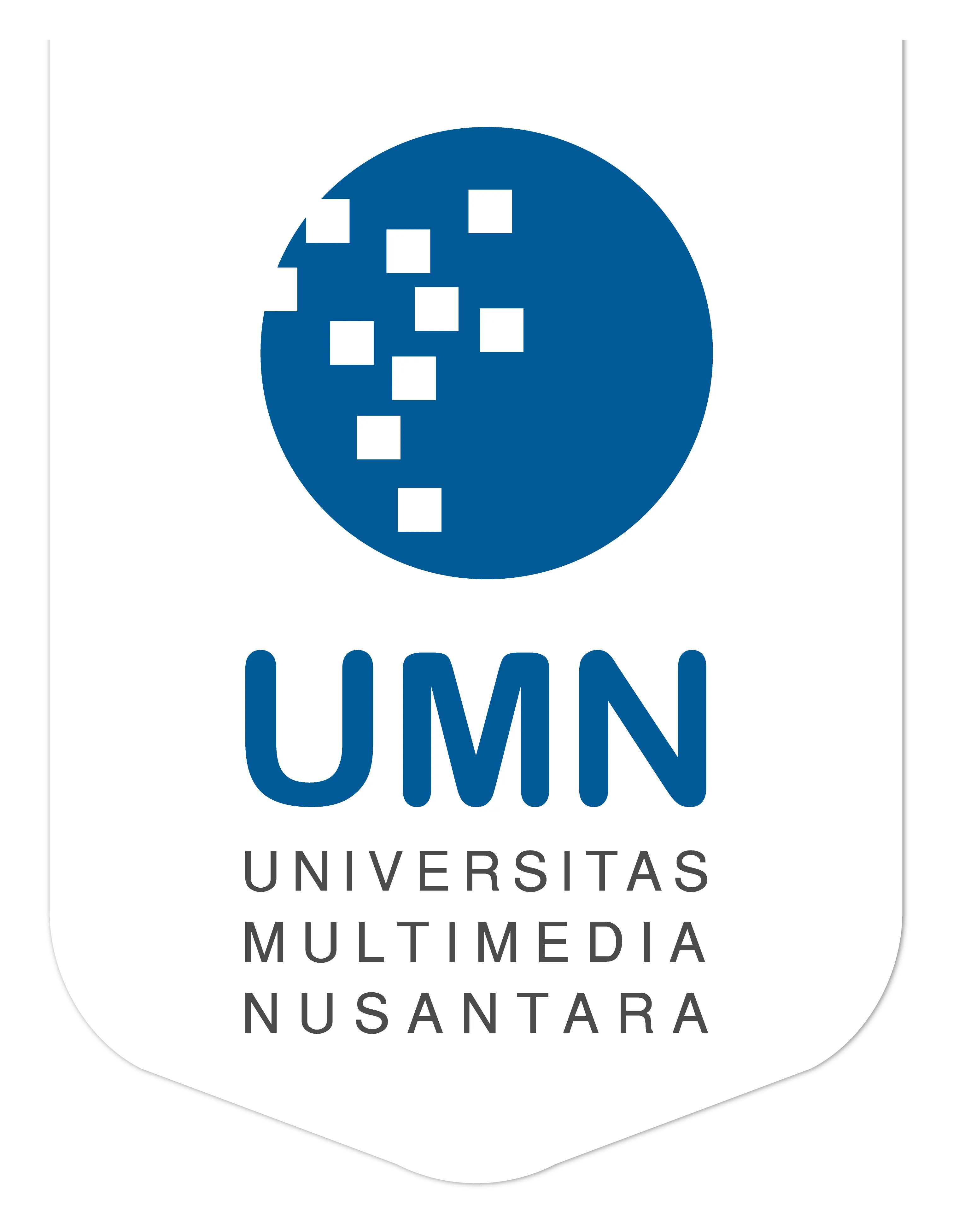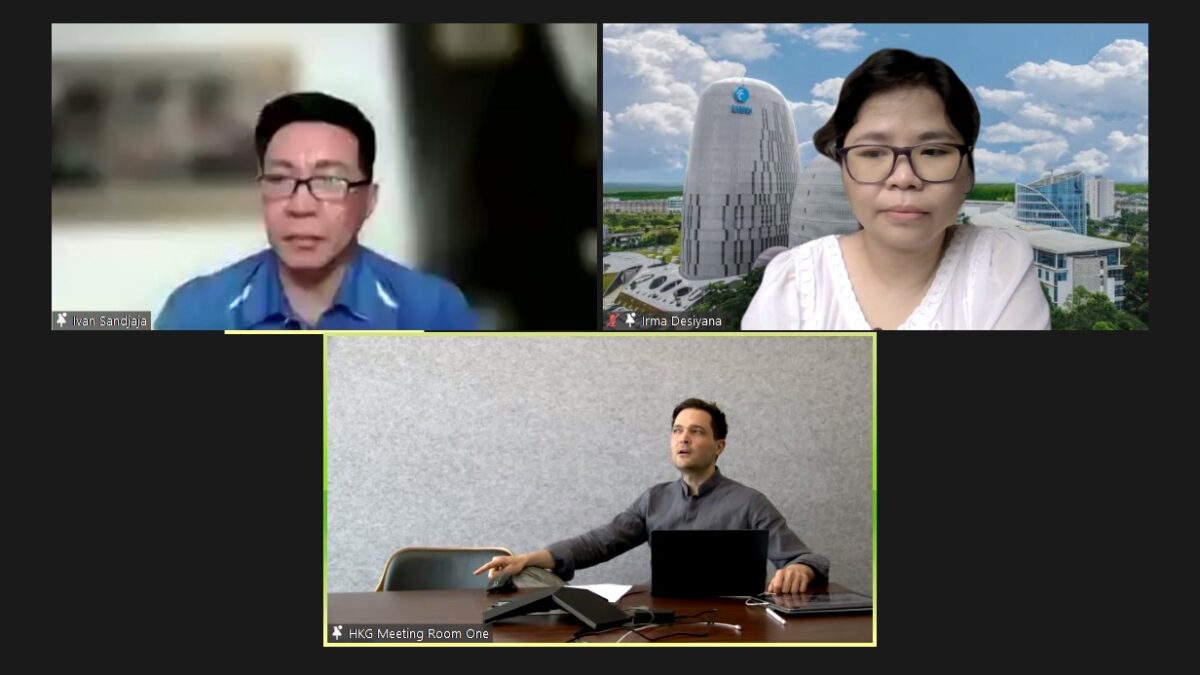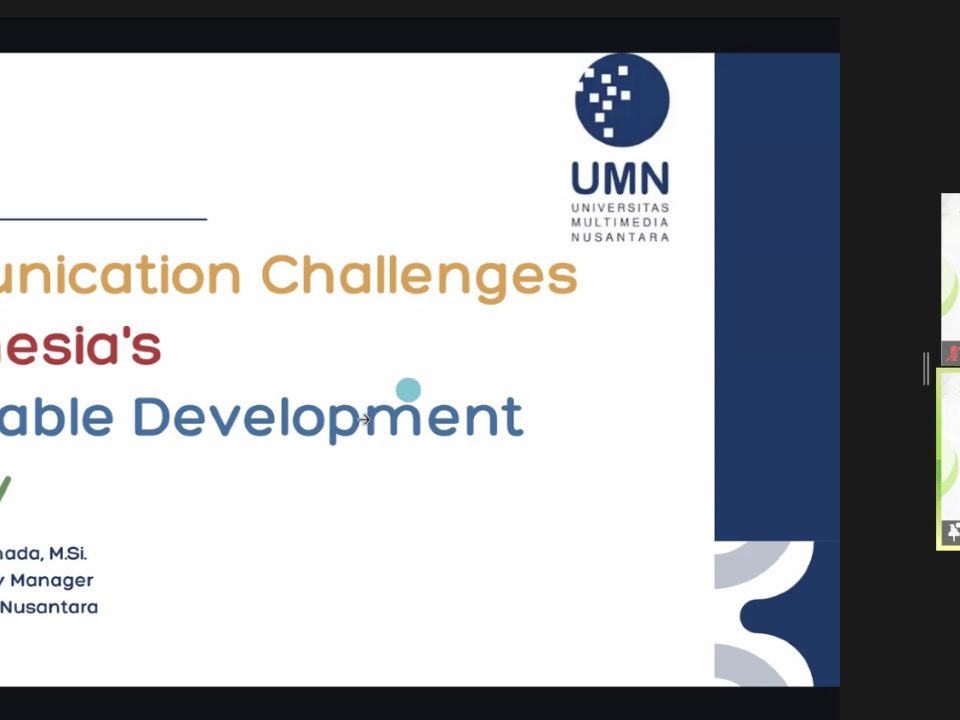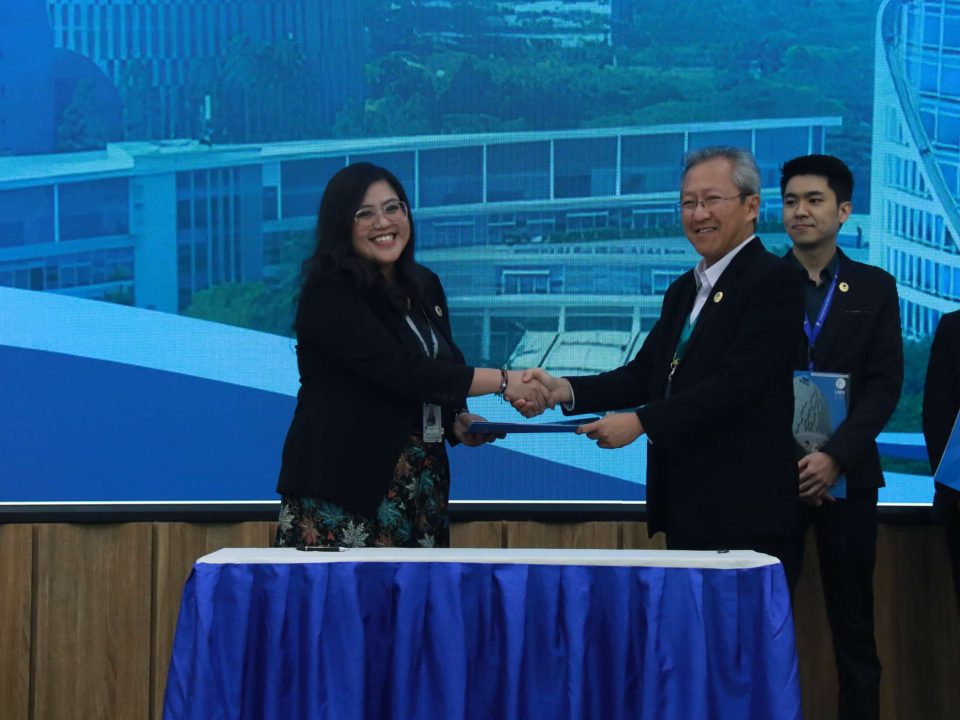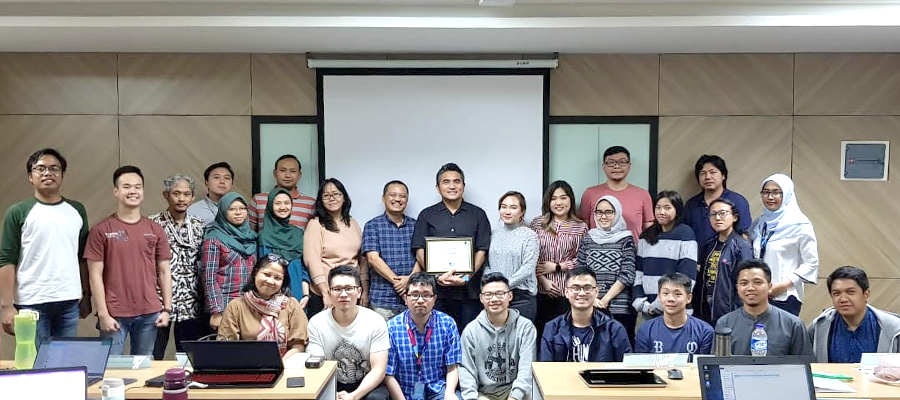
Accredited, Master in Technology Management of UMN Earns Very Good Rating
February 25, 2022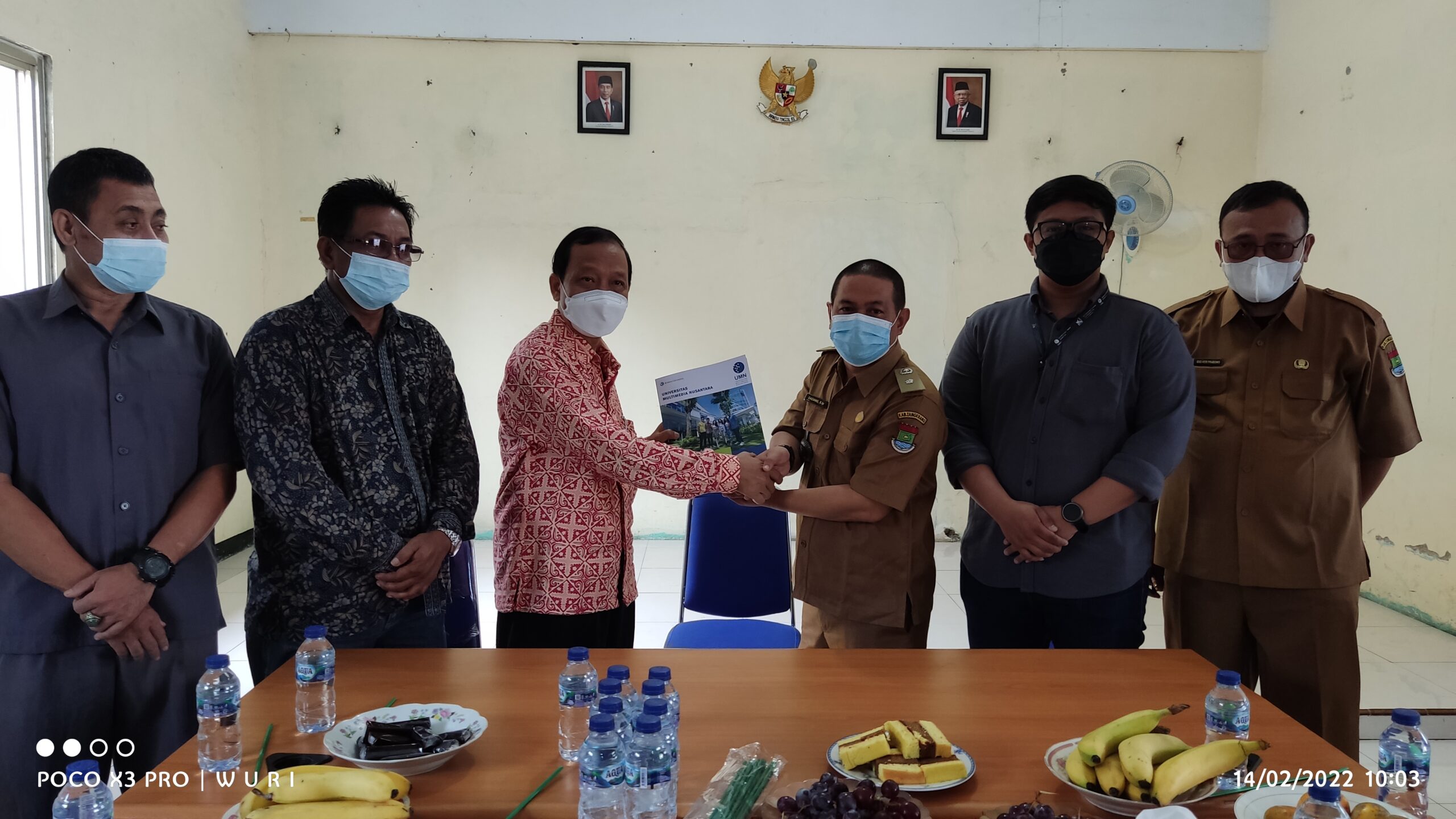
UMN and Kemuning Village Collaborate to Build a Smart Village
March 1, 2022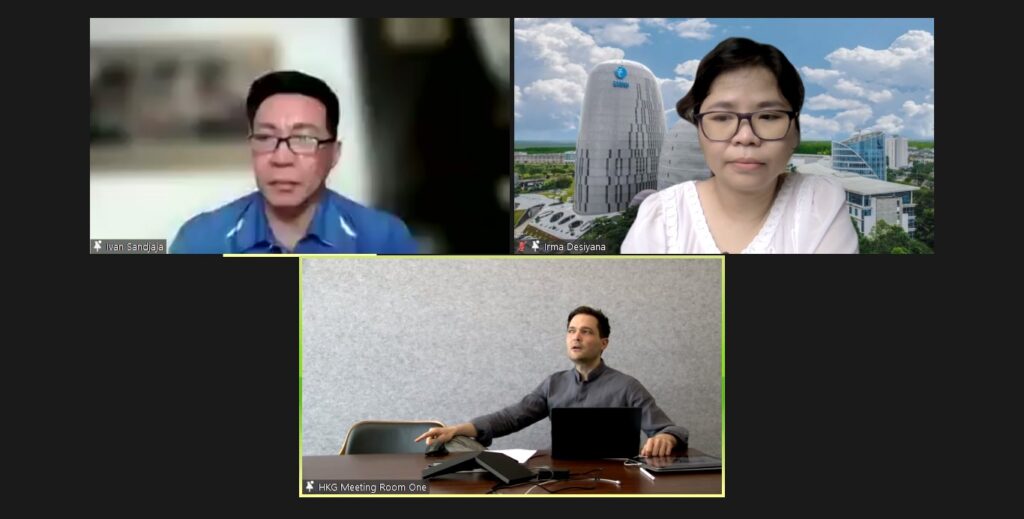
Exclusive interview with Gregory Kovacs (dok.UMN)
TANGERANG – On the 25th of February 2022, the architecture department of Multimedia Nusantara University (HIMARS UMN) and the International Real Estate Federation (FIABCI) conducted a virtual interview themed “Transformational Architecture – Digital, Innovative, and Sustainable” with Gregory Kovacs, a design director in Benoy.
“Benoy is one of the most prominent architectural companies, and they have projects worldwide. Gregory himself has been involved in numerous projects not only in Hong Kong where he is based but also Indonesia, Singapore, China, and even in the middle east,” said Ivan Sandjaja, the Managing Director of Global Entrepreneurship Network Indonesia, also the moderator of this webinar, introducing Gregory.
At this event, the discussion focuses on the direction of architectural transformation related to digital developments that are innovative and sustainable. Gregory shared his experience and opinions regarding the theme through several project examples.
With the worsening of climate change, sustainability has become one of the main concerns in most fields, including architecture. Gregory noted that despite the rise of sustainability in architecture, there is a danger that can be seen in many projects, which is the greenwashing of buildings.
“One thing that I would like to advocate for is a much broader understanding of sustainability. When we talk about sustainable design, we tend to think about solar shading, reducing the heat gain and solar gain of a building, and just improving the efficiency of those buildings. But there is a much broader understanding of sustainability, which I’m calling hyper-sustainability,” Gregory said.
Gregory seems to have a different approach when applying sustainability to his projects. He mentioned the issue with sustainability in the architectural industry is glass and concrete.
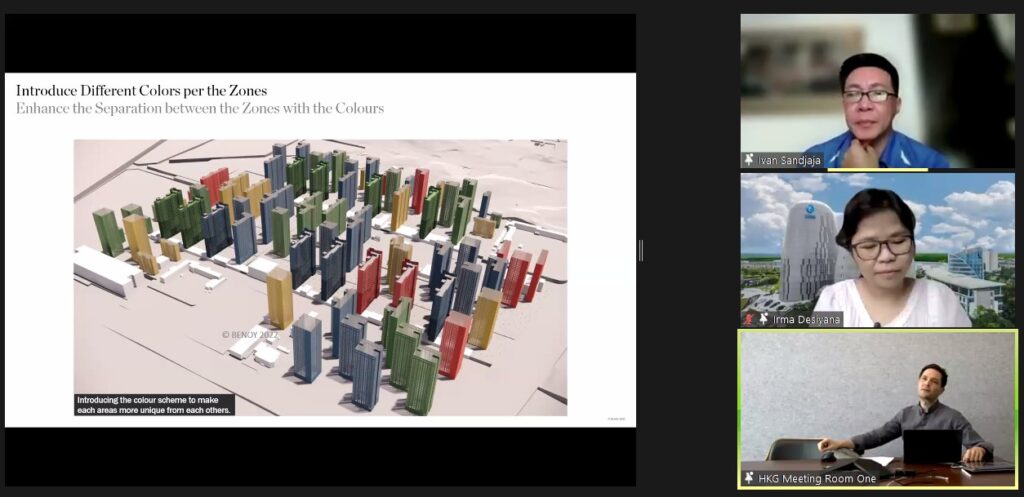
Gregory Kovac’s presentation (dok.UMN)
“For many clients, when they think about what would be an impressive tower that they can say this is where my office or company is, they associate that with glass. And i can say that is soon gonna be embarrassing and it’s a problem,” Gregory said.
Especially with concrete, Gregory mentioned that the carbon footprint of pouring all these concrete used for the construction industry is vast. It is significantly more than the carbon footprint of the aviation industry.
Quoting BBC.com, concrete is the most widely used man-made material in existence. If the cement industry were a country, it would be the third-largest emitter in the world. It contributes more CO2 than aviation fuel (2.5%) and is not far behind the global agriculture business (12%).
Glass also contributes to a bunch of the world’s carbon footprint. According to an article by Nature.com, globally, glass manufacturing produces at least 86 million tonnes of carbon dioxide every year. But most of this can be eliminated by recycling and using technologies to turn glass manufacturing into a mostly carbon-free process.
“So I think it needs to be a shift to look at sustainability not just in terms of the efficiency and the operation of the building that is important but also to look at the entire life cycle of the building,” Gregory said.
Also read Webinar HIMARS UMN: Use of Detail to Create the Story of Your Concept in Architecture
To prevent contributing further to the rise of carbon emissions, Gregory shared that he and his team have been doing something called “repositioning”. It is an act of taking existing buildings that would either be demolished or simply not be used and turning them into fully functioning buildings.
“This is currently a growing niche in the architectural industry, and I think it is a lot more important than trying to do fancy buildings. This is a more sustainable approach if you look at the full life cycle of the building,” Gregory explained.
Another interesting discussion sparked by Ivan is how architectures develop their design without neglecting culture, especially with Gregory having done projects in different countries. Ivan gave an example of China, which many Chinese people believe in Feng Shui.
Gregory shared from his experience that it’s essential for an architect working in a foreign country that their understanding of someone’s culture is superficial. It is important not to assume things because, as a foreigner, we will never understand the full depth of the local culture. However, being a foreigner has its benefits because it helps to see things from a very different angle.
When conducting a project, architects don’t usually work alone. Gregory shared that relying on a diverse team that can bring many different perspectives can be the best thing to do when working in a foreign country. This requires an architect to have an open mind and an open design process as it is a team effort. Gregory also added that the client sometimes takes a huge part of the project’s process.
“I have clients who took me on all kinds of journeys to different parts of China and the world to understand the local culture and customs. Those are some of my most enjoyable experiences,” Gregory shared.
Closing this interview, Gregory emphasizes the importance of creating a collective experience that can bring people together in architectural projects.
“Nowadays, I can’t think of something else more necessary than that, to bring people together,” Gregory said in his closing remarks.
*by Levina Chrestella Theodora – Universitas Multimedia Nusantara News Service
Kuliah di Jakarta untuk jurusan program studi Informatika| Sistem Informasi | Teknik Komputer | Teknik Elektro | Teknik Fisika | Akuntansi | Manajemen| Komunikasi Strategis | Jurnalistik | Desain Komunikasi Visual | Film dan Animasi | Arsitektur | D3 Perhotelan | International Program, di Universitas Multimedia Nusantara. www.umn.ac.id
